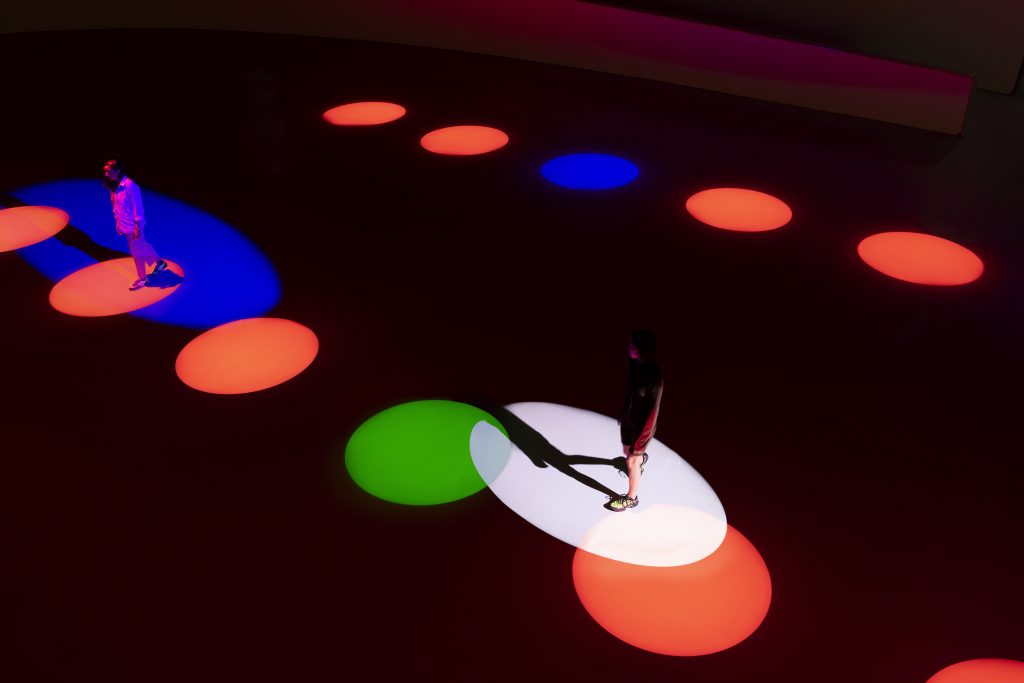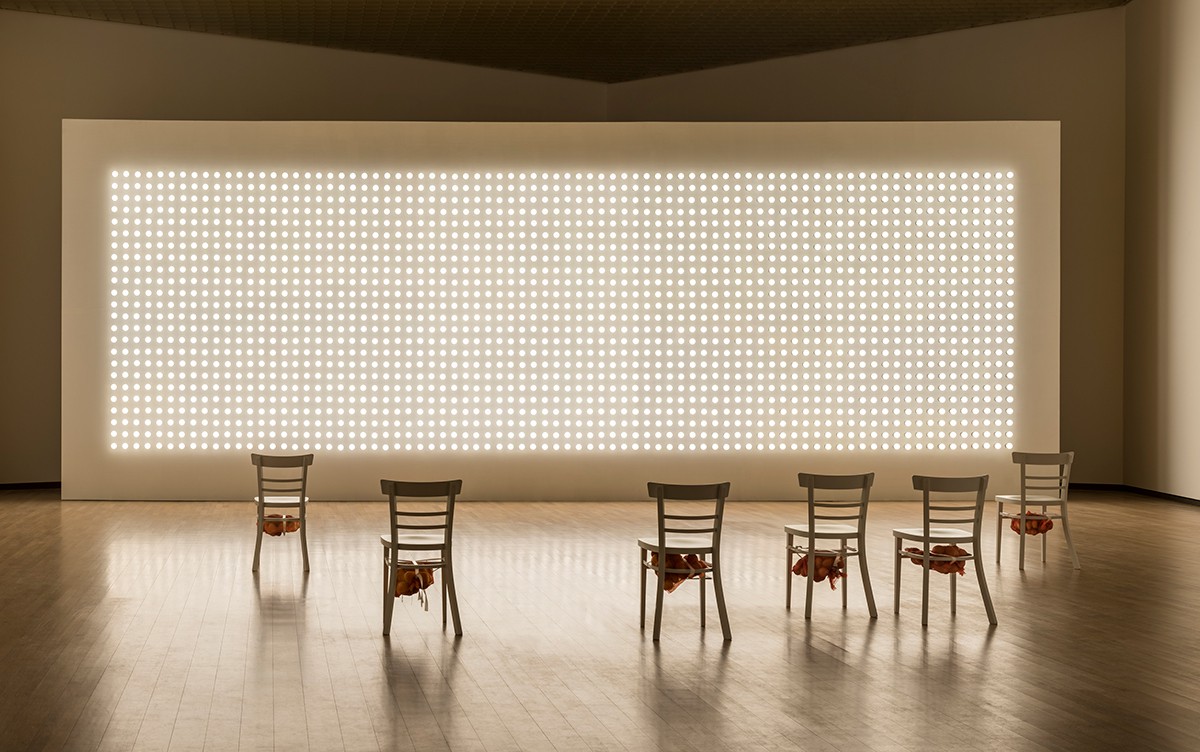Whether a labyrinth of mirrored revolving doors, 130-foot-long giant slides, or a room of spinning upside-down mushrooms, Carsten Höller’s highly sensorial work distorts how we perceive our surroundings. His latest work manipulates the brain entirely: through hallucinations. Called 7.8 (Reduced Reality App) and created with longtime friend Daniel Birnbaum of Acute Art, the four-minute sound, light, and haptic work headlined the NFT art extravaganza Dreamverse, which took place this past week at Terminal 5 in New York City. (The live experience, unfortunately, did not quite go as planned.)
As the name suggests, the artwork is a downloadable app that emits a frequency of 7.83 hertz—the global electromagnetic resonance of the Earth, produced by lightning activity in the upper atmosphere—with flickering light and haptic vibrations. The experience, which feels not unlike your phone freaking out and taking on a life of its own, stimulates brain waves and, after a while, induces hallucinations. Our brainwave frequency falls between four and 12 hertz, and 7.83 is precisely when we enter a relaxed, dreamy state. At Dreamverse, this vibrational frequency evolved into a light display and performance by DJ Alesso.


